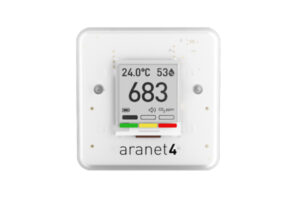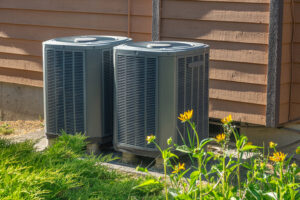
Indoor air quality (IAQ) is a significant concern, and poor ventilation is one of the primary factors contributing to poor IAQ. Inadequate ventilation allows pollutants and contaminants to accumulate indoors, which can adversely affect human health. One of the effective ways to address poor ventilation is by monitoring CO2 levels in indoor spaces. CO2 monitoring… Read more »

The devastating effects of climate change are becoming increasingly apparent, and it’s clear that we need to take urgent action to address this global crisis. While many of us are aware of the need to reduce carbon emissions and transition to renewable energy sources, there’s another aspect of climate change that’s often overlooked: the role… Read more »

When the COVID-19 pandemic struck about a year ago, the first things the Centers for Disease Control and Prevention recommended for respiratory health were wearing masks, staying six feet from other people and limiting gatherings indoors. According to the experts, viruses like COVID-19 thrive indoors and spread easily from people in close proximity. Because of… Read more »

Several years ago, a study examined changes in student test scores following renovations meant to improve indoor air quality. The renovations—which were done in a Texas district and cost between $300,000 and $500,000 depending on the school—addressed mold, high VOC (volatile organic compound) levels and poor ventilation at 66 elementary schools. The results were astounding…. Read more »




